 A Look Back:
A Look Back:Saturday, May 1, 2010
By NITA HILTNERSpecial to The Press-Enterprise
For almost 100 years, the National Orange Show in San Bernardino has attracted throngs of people to celebrate the citrus industry in California.
It grew out of the Inland area's citrus industry, which got its start in 1857, when Anson Van Leuven brought six orange trees from the San Gabriel Valley to the San Bernardino Valley. In 1873, the U.S. Department of Agriculture sent two Washington navel orange trees, the parent navel oranges, to Eliza Tibbets in Riverside.
Tibbets' oranges won awards for their superior quality and taste at many expositions. She sold buds from her stock, and by 1910, at least 100,000 acres in California were planted with her rootstock. The Santa Fe Railway shipped the boxed oranges across the country and sold its excess land to growers. Years later, locomotives created from oranges would be displayed at the National Orange Show.
The National Orange Show became known as California's Greatest Midwinter Event and gained a permanent site at Mill and E streets. One of the largest exposition buildings in the nation opened there in 1925. It burned down in 1949.
Steve Shaw, president of the San Bernardino Historical and Pioneer Society, said there were rumors that the show grounds had been built atop an Indian burial ground, which was why the show was cursed with rain.
"I don't know, they do seem to get a lot of rain during the show," he said.
Show dates were moved back and forth between March and April to avoid the rain. It now is held in May.have been moved around to avoid rain -- from mid-March in 1940-57 to April from 1958-62, back to March 1962-70 and then back to April. Now the event is held in May.
It has taken place every year except four years during World War II. Attractions were added over the years, including concerts, horse racing and a carnival. In the 1960s, the height of its popularity, it drew more than 875,000 visitors.
The auditorium was destroyed by fire on Sept. 11, 1981, when a small plane crashed into it.
"In my opinion, it could have been easily rebuilt, but it was torn down," said Shaw, who was a firefighter who fought the blaze.
Today, the National Orange Show grounds host many events, including car shows, concerts, sporting events, a satellite wagering center, corporate parties, weddings and banquets.
This year's event, called A New Shade of Orange, is set for May 27-31. It will feature a carnival, petting zoo, circus, exhibitors, a juried art exhibition and entertainment. Adult tickets are $5 and children under 12 are free. The first day, admission, parking, games, rides and food will cost $1 each.
Shaw said attendance today has fallen significantly.
"People still go, but it doesn't have the appeal it used to," Shaw said.
Shaw will give a free talk about the show's history at 7 p.m. Thursdayat a meeting of the San Bernardino Historical and Pioneer Society at 8th and D streets in San Bernardino.
For more information, National Orange Show Events Center, 689 S. E St., San Bernardino. Phone: 909-888-6788.



























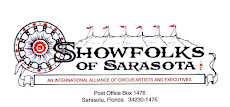

















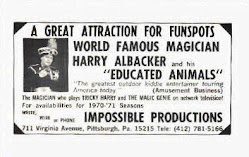

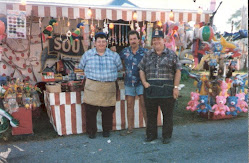




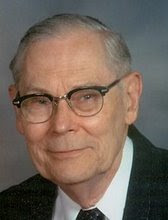
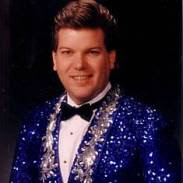


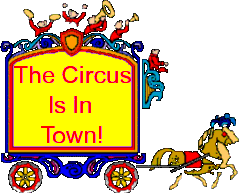


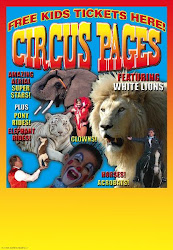

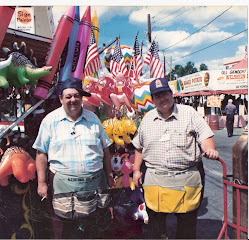
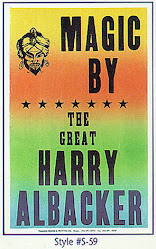











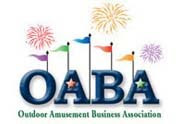



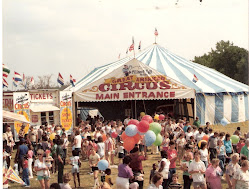









No comments:
Post a Comment